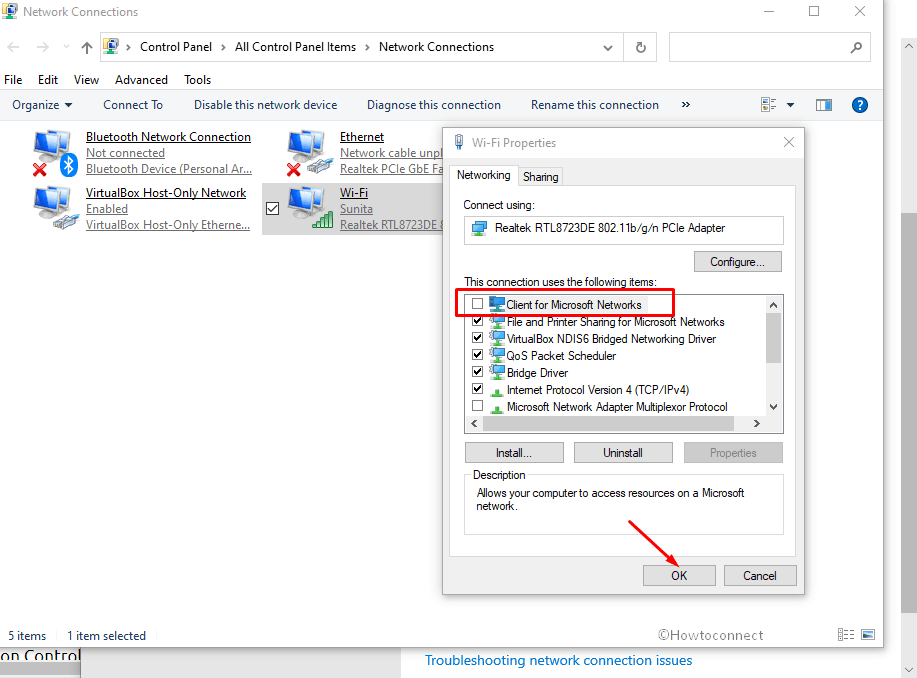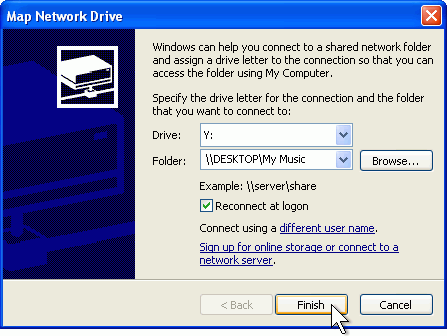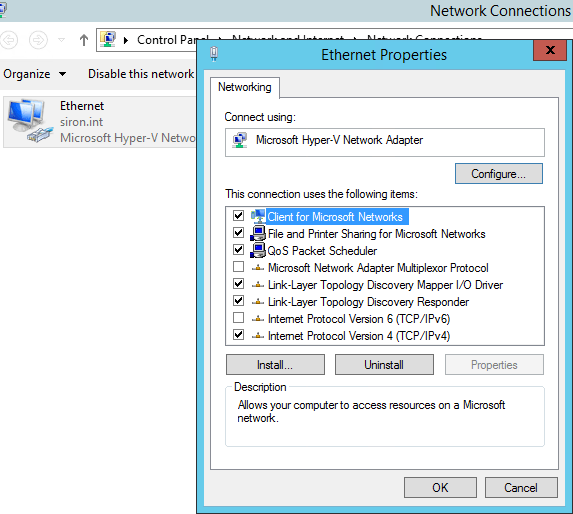

The third virtual switch is configured as an internal switch, and the fourth one is configured as a private switch. VSwitch-1 External Broadcom NetXtreme Gigabit EthernetĪs you can see from the above, the two Broadcom network adapters are connected to external virtual switches so they can provide connectivity with the Internet. VSwitch-2 External Broadcom NetXtreme Gigabit Ethernet #2 Name SwitchType NetAdapterInterfaceDescription We can use the Get-VMSwitch cmdlet to view details about these four virtual switches: The Hyper-V role has been added to the host and four Hyper-V virtual switches have been created on the host. The server is named HOST30 and the host operating system is Windows Server 2012 R2. Both of these adapters are connected to the same network subnet in my test lab, and the subnet is connected to the Internet via a router. As described in the previous article, the server I'm using for this series of articles is an old Dell T300 system that has two built-in Broadcom GbE network adapters. We'll begin by examining the configuration of our host system. In this article and the next one we will examine how to implement Windows NIC Teaming on a virtual machine running on a Hyper-V host. So far in this series of articles we have covered what Windows NIC Teaming is, how it works, what scenarios it supports, what considerations are important when implementing it, and how to implement on a physical server using Windows PowerShell. Windows NIC Teaming using PowerShell (Part 8).





 0 kommentar(er)
0 kommentar(er)
